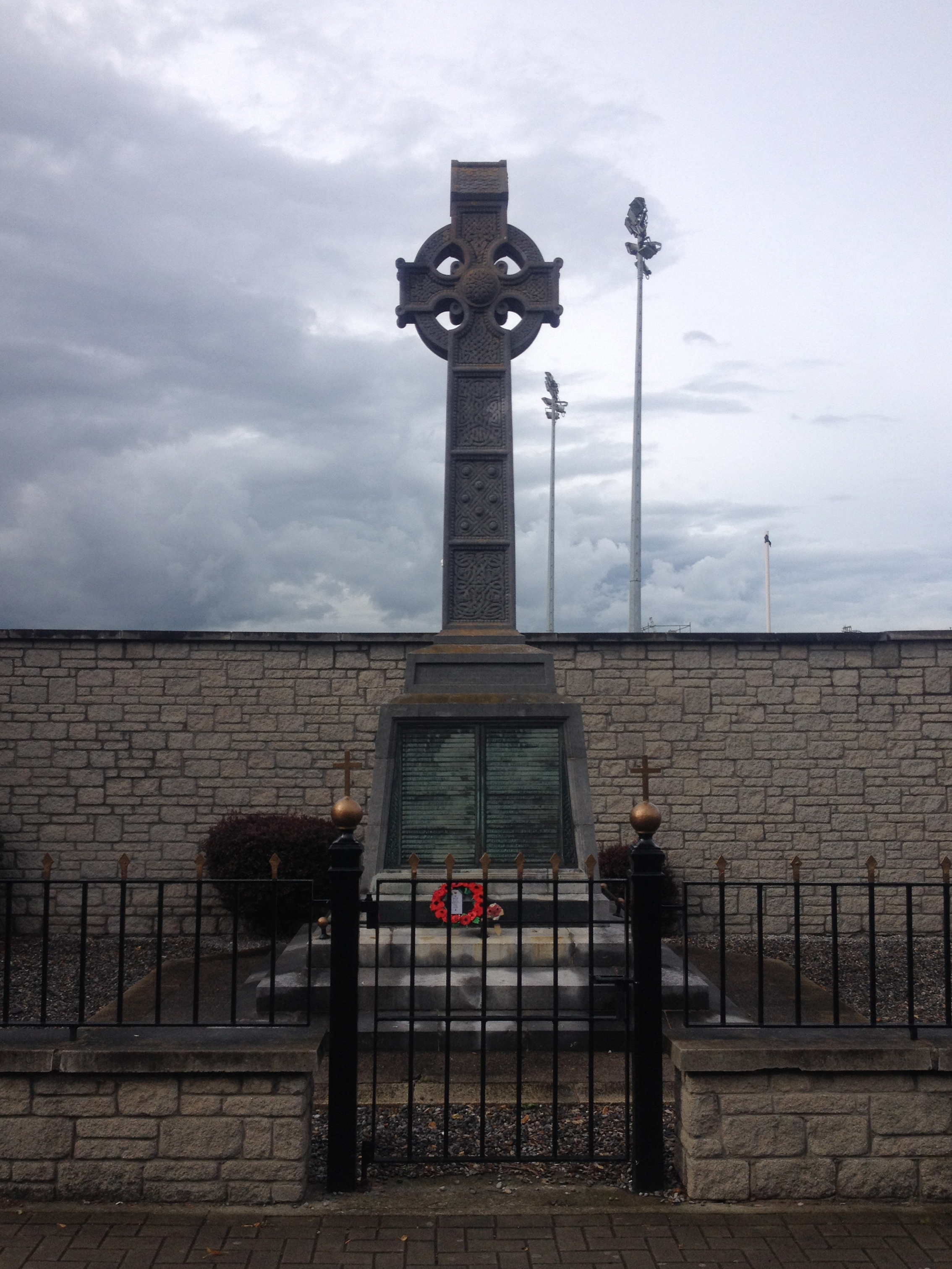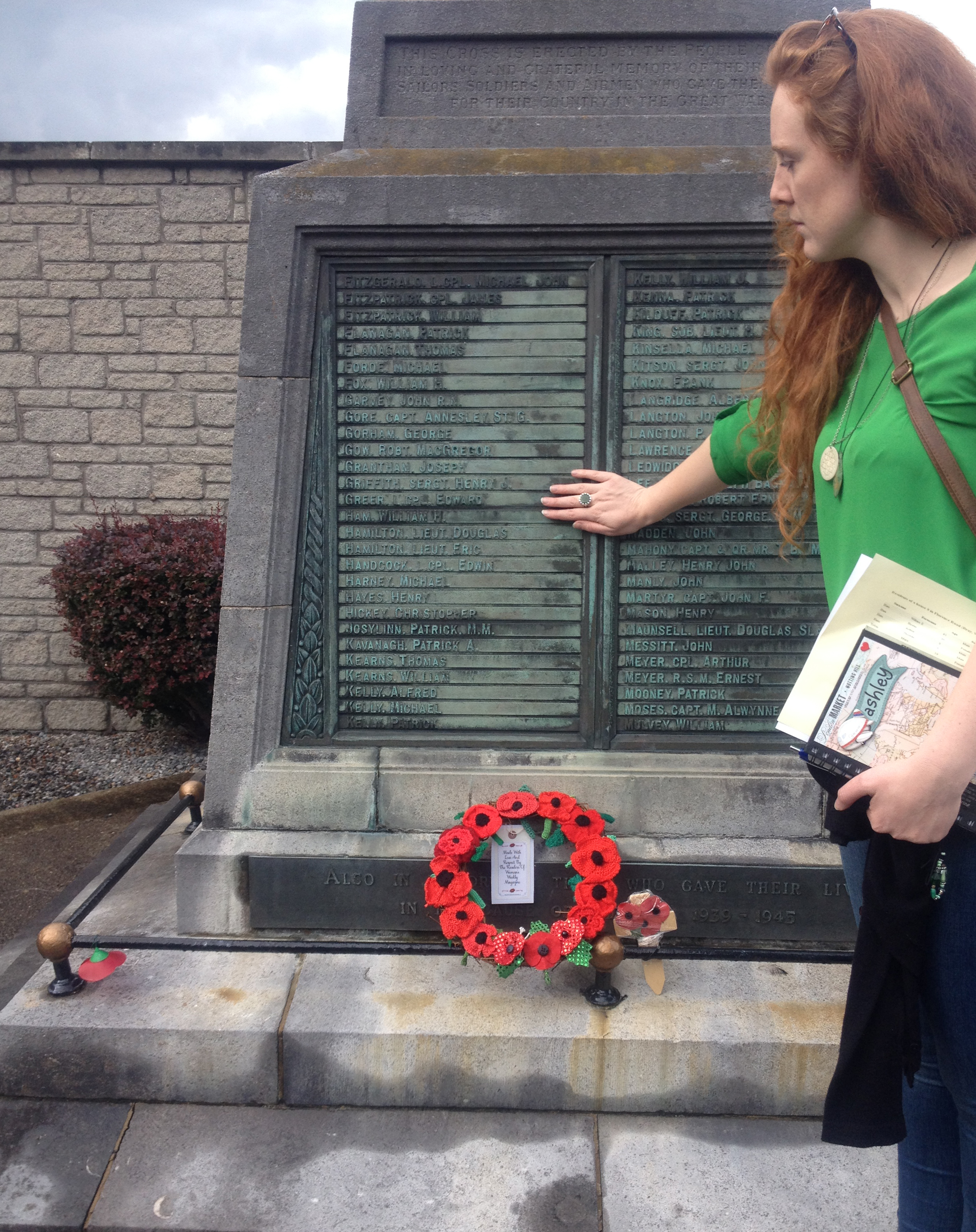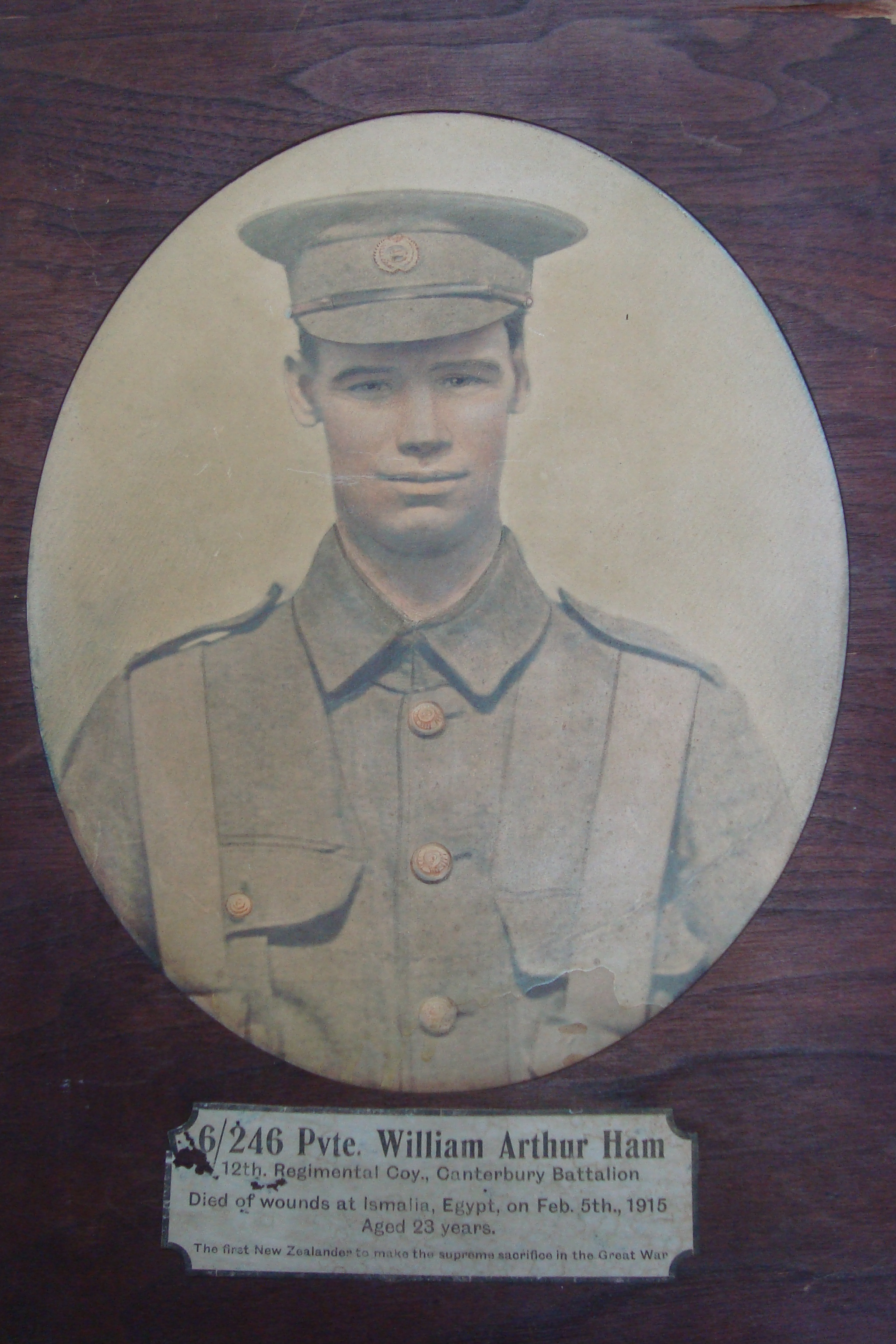On 5 February 1915 Private William Arthur Ham became the first New Zealander to be killed as a result of enemy action in the First World War. His great grandniece, Ashley Mackenzie-White, tells of how she discovered more about his tragic death

Detail from a portrait of William Ham. Courtesy of the Motueka District Museum, collection number 07/036-003.
William Arthur Ham, my great grandmother’s brother, was the first New Zealander to die in combat in the First World War. Willy, as he is known in the family, died at age 22 beside the Suez Canal in Egypt on 5 February 1915. He had been shot on 3 February, during the New Zealand Expeditionary Force’s first experience of active combat in the war. A chance bullet fired in the Ottoman Army’s attack on the canal ricocheted off Willy’s rifle and penetrated his neck. He passed away two days later at an Australian hospital at Ismailia.
Willy is a ‘significant’ death and therefore there is a fair amount recorded about him. This has given me the ability to find learn more about his life and death. A few years ago I found a wonderful biography of my great granduncle on The Prow. It features a picture I had never seen before, an image of Willy leaving Motueka for war. I remember being struck at how the historian had found him, amongst all those soldiers.
Like many in the dominion in 1914, the Hams were recent New Zealanders. They had left Ireland in the early 1900s in search of a better climate; Willy’s father had a bad chest and needed a warmer place to call home. They moved from Gisborne to Whanganui, and came to settle in Ngatimoti near Motueka. Within two weeks of war breaking out in August 1914, Willy had volunteered to serve overseas. At that time, he was working as a labourer for the Waimea County Council survey team, and had been a keen member of the 12th (Nelson and Marlborough) Regiment of the Territorial Force.
In August 2014 I travelled to Ireland to retrace the steps of my ancestors. In Bray, Willy’s old hometown, I came across his name on the local war memorial. I had brought a poppy from New Zealand to lay beneath his name.
Ashley Mackenzie-White visits the war memorial at Bray, Ireland, which includes the name of her great-grandmother's brother, William Arthur Ham.
I found the local library and met a wonderful librarian who brought me records of Willy’s death, and records of the family including the houses they lived in. I also found his name on the roll of honour hanging in the library.
In that library in Bray, Willy is recorded as an Australian. Nationality and First World War statistics are tricky – citizens of the British Empire were mobile between dominions and record systems were not as accurate as today. His name is on Bray’s memorial and the roll of honour as it was once his home, but the wealth of archived New Zealand newspaper articles on his death were not part of the Irish story.
Willy’s death had much more significance in New Zealand. Other New Zealanders had died earlier in the war – from accident, disease, or while serving with other country’s armies – but the NZ Expeditionary Force’s first fatality as a result of enemy action was widely reported in newspapers at the time. His name was inscribed on Ngatimoti’s war memorial – the second Great War memorial to be unveiled in New Zealand – along with the epitaph ‘The first N.Z. to fall / Died of wounds Ismailia / Feb 5 1915’.

William Ham's portrait - an a notice on the significance of his death - was included in the Auckland Weekly News of 18 February 1915. Sir George Grey Special Collections, Auckland Libraries. AWNS-19150218-44-2.
Willy was one of the first of around 18,000 New Zealand soldiers killed in the First World War. Many more did not die during the conflict, but they bore the scars of the war. Those around them would have felt this hurt. 100 years on I don’t think we can comprehend the feeling that would have swelled through every town in New Zealand as the reports of fatalities grew and the returning wounded rejoined their families and witnessed the ongoing war effort.
I’m glad that I work at the Ministry for Culture and Heritage, where historians have provided information on where to find information about First World War soldiers. One day I asked historian Ian McGibbon about Willy, and he pointed me to the diary of Willy’s commanding officer, Major C.B. Brereton. There I read a graphic account of his death. Brereton spoke of Willy being shot in the throat, and how he made a sound, gurgled. I knew he had died, but until then I hadn’t thought of how, or how long he had suffered in agony.
I have Willy’s face, his long face. I am shorter than him and I have the same coloured eyes. It’s these details, found on the Auckland War Memorial database that make him real to me, not just a name, or a number, but my great granduncle.
In a recent Ngā Taonga blog I came across an audio extract from Violet Ham – my great grandmother. It was an amazing and deeply moving experience to hear her talk about her brother being shot all those years ago.
A colourised version of William Ham's portrait resides at the Motueka District Museum. Collection number 07/036-003, donated by Motueka Memorial R.S.A. (Inc.).
To mark 100 years since his death, I will take the time to pause and remember him and all of those young men and women who lived with the horror of the First World War. Parts of our family will gather in Ngatimoti and speak about Willy and lay a wreath for him. I will take a moment at the National War Memorial in Wellington and pay my own respects.


